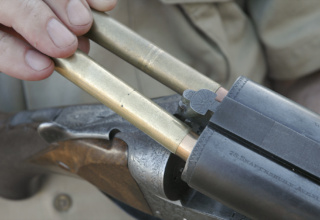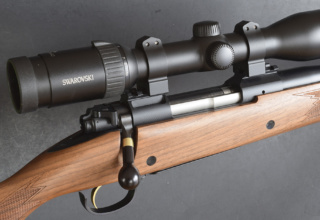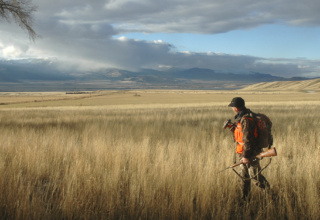Street smarts can put you one up on game — and dodge felons in fur
by Wayne van Zwoll
A few weeks ago, at this writing, a fellow tracking a deer was suddenly attacked by a grizzly. The reason is unclear. The mauling took most of the man’s jaw. Had it not been for near and immediate help, the bear might well have finished him. Surgical repair won’t erase the memories or scars of that event.
As is the case with many bear encounters, this hunter had little if any warning. The beast was on him before he could use his bear spray.
Grizzly attacks seem to be on the rise in the Mountain West, where the bears are protected. This summer, two hikers were mauled to death in Canada’s Banff National Park. Thriving grizzly populations where there’s increasing human traffic can bring more lethal interactions between bears and people.
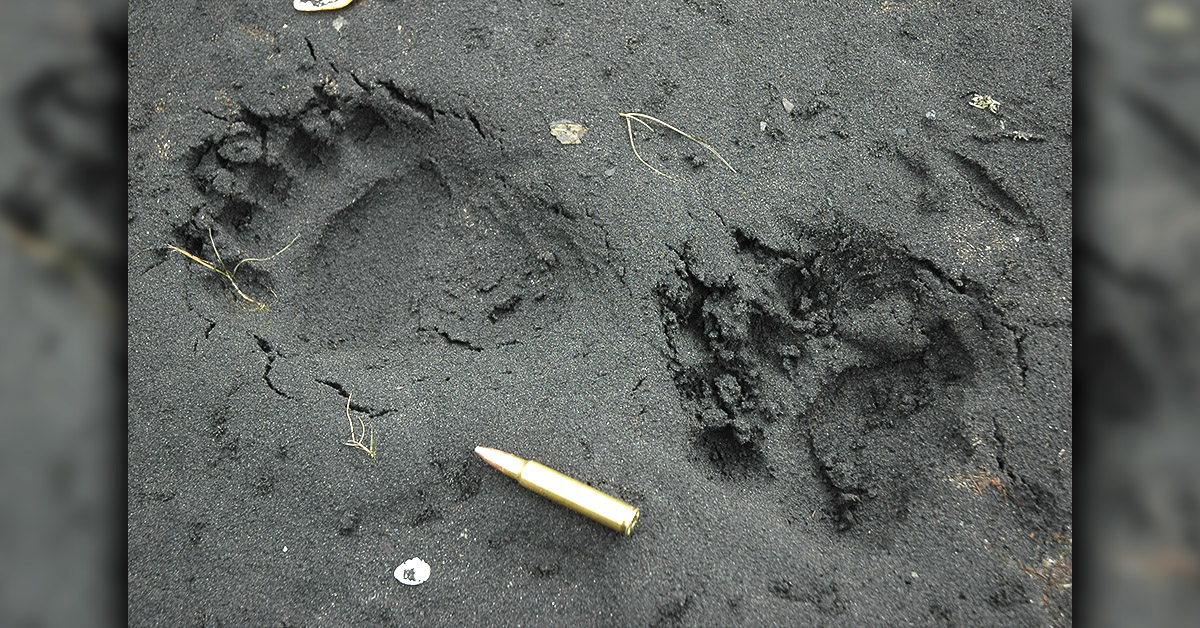
Black bears are smaller, relatively abundant, legally hunted in most places where they occur, and often spotted by people around homes and in campgrounds. Familiarity breeds contempt, and black bears get a pass as clowns (though in apiaries and tree nurseries they soon become costly pests). But reputations can mislead. A compilation of 250 bear attacks since 1929 was published in 1980 by Canadian journalist Mike Cramond. It showed grizzlies and blacks nearly tied in total attacks: 80 by wild grizzlies, 72 by wild black bears. Human fatalities: 14 and 12. Half the people killed by both species had been fed upon. Black bears more commonly stalked their victims, to eat them. Grizzly assaults were attributed mostly to bears shielding cubs or claiming a carcass.
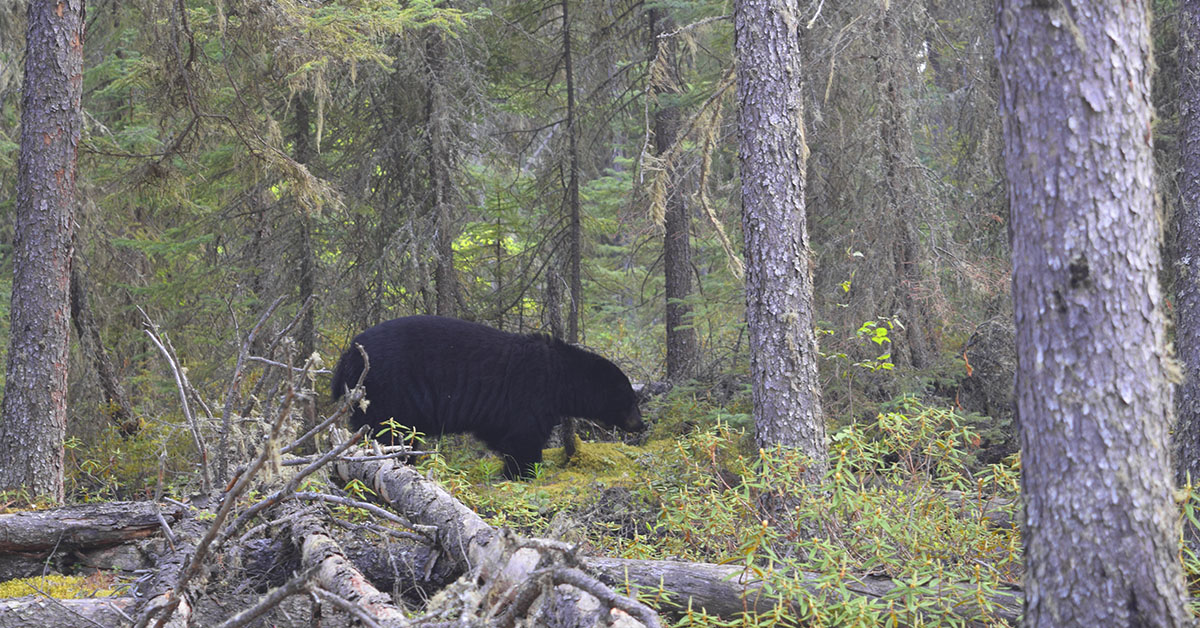
Percentages of attacks, grizzlies vs. black bears, in Cramond’s Canada-based findings are at odds with those in a 1989 book by Larry Kanuit. On his list of 170-odd bear maulings reported in Alaska since 1900, only 19 were attributed to black bears. This disparity isn’t too surprising. While grizzly populations in Alaska and Canada are roughly equal, Canada has about four times as many black bears as Alaska. The salient points: Most bears want to be left alone. They may attack if surprised up close or if they perceive you as a threat. Very few bears see you as prey, but you can’t tell which. These animals are exceedingly dangerous, as they come quietly and insist you don’t leave before dinner.
On August 12, 1977, Cynthia Dusel-Bacon was mapping Alaska’s Yukon-Tanana uplands for the U.S. Geological Survey. Chopper pilot Ed Spencer had brought her to a ridge 60 miles out of Fairbanks for the day. In her rucksack she carried a rock hammer and a radio, but no firearm. Ed’s wife tended the camp’s radio 80 miles away.
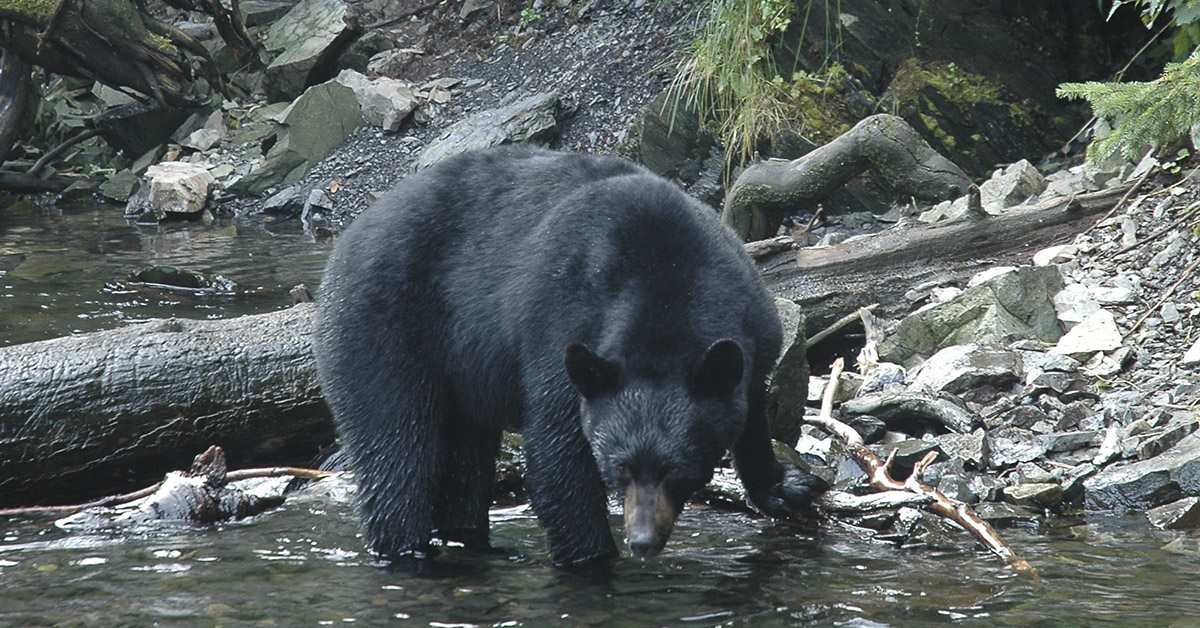
The bush was light, the going easy when Cynthia stopped to chip at an outcrop. A sudden noise caught her attention. A black bear rose 10 feet away. She yelled, waved her arms, “playing big.” The bear advanced, stealthily. Then it rushed her. “A staggering blow” felled her, face-down. Though the bear bit deep into her shoulder and shook her, she willed herself not to move. When the bear paused, she reached for her radio. But the pack was still on her back. She failed; and the movement brought on more savagery. “I was conscious of my flesh being torn, teeth against bone…canines crunching on my skull.”
The bear grabbed Cynthia’s arm and pulled her into the brush, mauling her and licking her blood. Many minutes later, weakening, she managed to grab the radio from the torn pack. “Ed! I’m being eaten by a bear!” Spencer rushed the chopper into the air. After delays spotting her, then moving her, he got her to hospital. She would lose both arms in surgery.
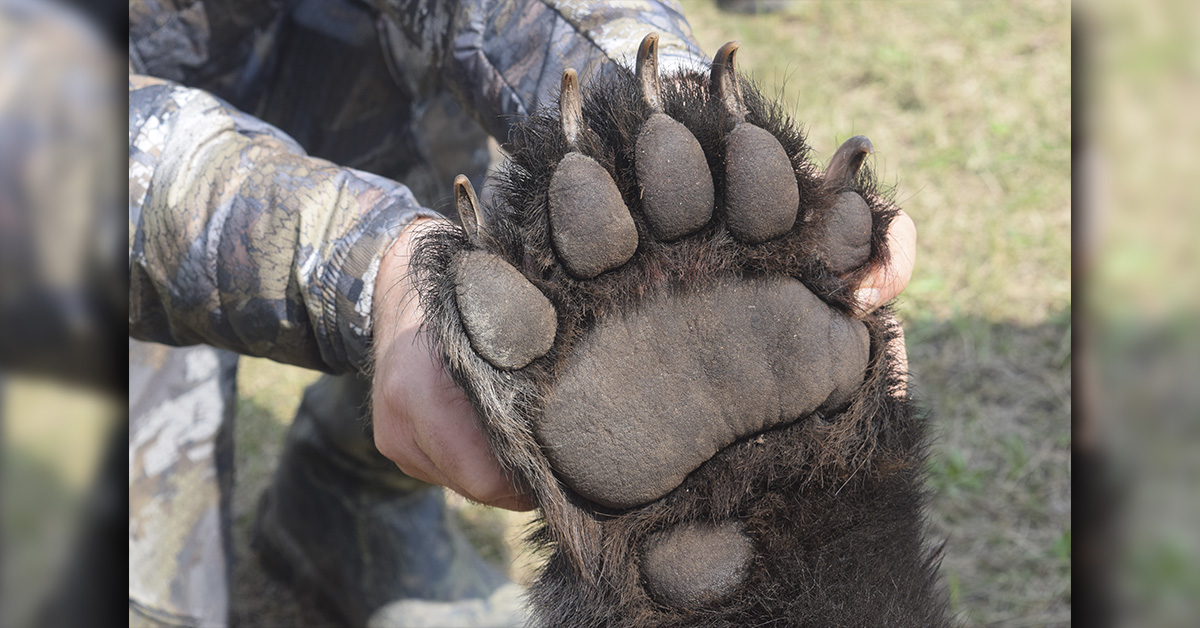
“Play dead” is vintage advice for victims of bear attacks. It can limit damage if the bear sees you as a threat eliminated. But viewed as prey, your inert body just makes dining less stressful for the bear.
A bullet can be your salvation, even if it doesn’t kill or disable the attacking beast. Sometimes the clap of gunfire is enough! Once, hunting from an elk camp I was also using, a guide and two clients were descending a treed slope when a grizzly and her half-grown cub burst upon them from behind. The guide spun, drew his .357 and fired into the ground ahead of her. She passed on one side, the cub racing by on the other, mere feet away. “There wasn’t time for an aimed follow-up,” he told me. “You have to decide instantly to kick dirt with that first bullet, or punch hide.”
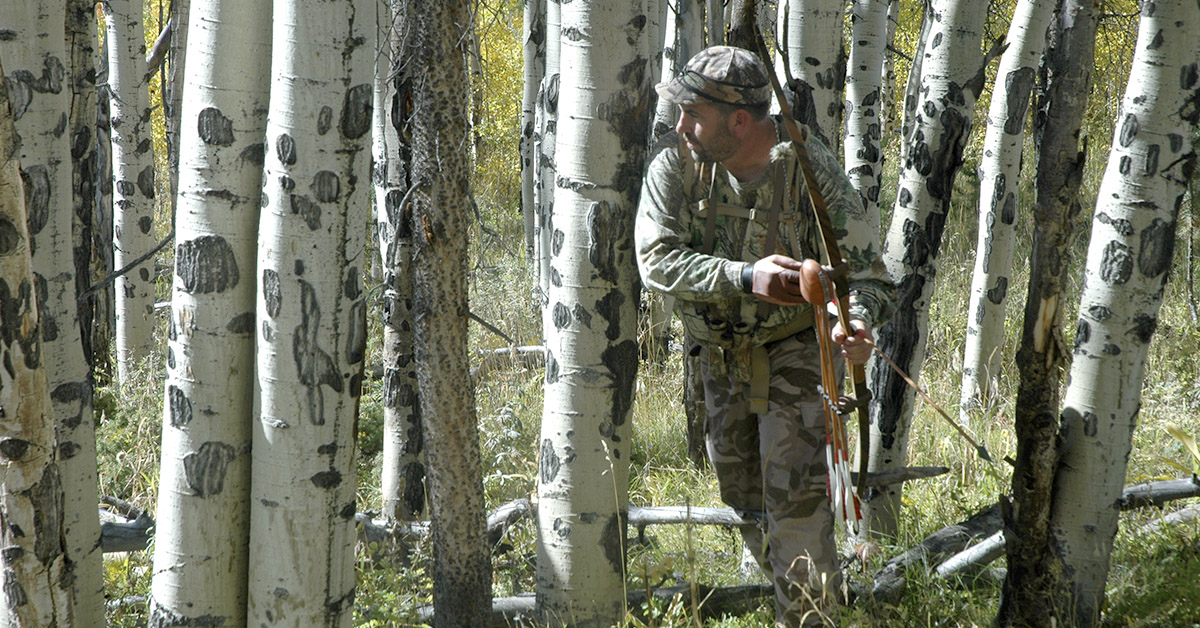
The sting of a bullet has turned many bears. Years ago, two West Coast deer hunters struggling through hemlock and salal smelled old fish. A bear had eaten here! Alarmed, they eased from the tangle. One glanced back — into the face of a black bear a jump away. Instantly she came. A .32-20 bullet, fired from the hip, hit a forepaw. With a roar, she rose, flinging blood from the wound over his shirt. Four more quick shots, and one from the partner’s .303 British, sent the beast into a thicket. The hunters trailed her. She circled and died behind them.
As bears can clock 35 mph in a sprint and move with cat-like agility, a close-cover meeting gives you little time to aim. Proponents of bear spray point out its shotgun-cloud pattern that absolves you of having to aim well. Still, spray must find the face; and for most hunters, a spray can is not as quick to point and trigger as a rifle or a handgun. Just reaching the can burns precious time. Best idea: keep the can on your chest, where your hands go naturally to protect your vitals, and where the can “points with your body.” If knocked to the ground, you should be able to reach the can and trigger it instantly. Practice handling bear spray is as important as carrying it!

Another advantage of spray over bullets is that it doesn’t harm the bear. After all, grizzlies are protected over much of their range!
Whatever your choice of bear deterrent, it must always be at hand.
Not long ago, a hunting guide tending a client’s dead elk was killed by a grizzly that probably had other plans for the elk. Investigating rangers found the bear. They shot it when it came for them. Spray residue on its chest was evidence of the hapless guide’s last act. Spray is for the face. Sent elsewhere, it’s not helpful.
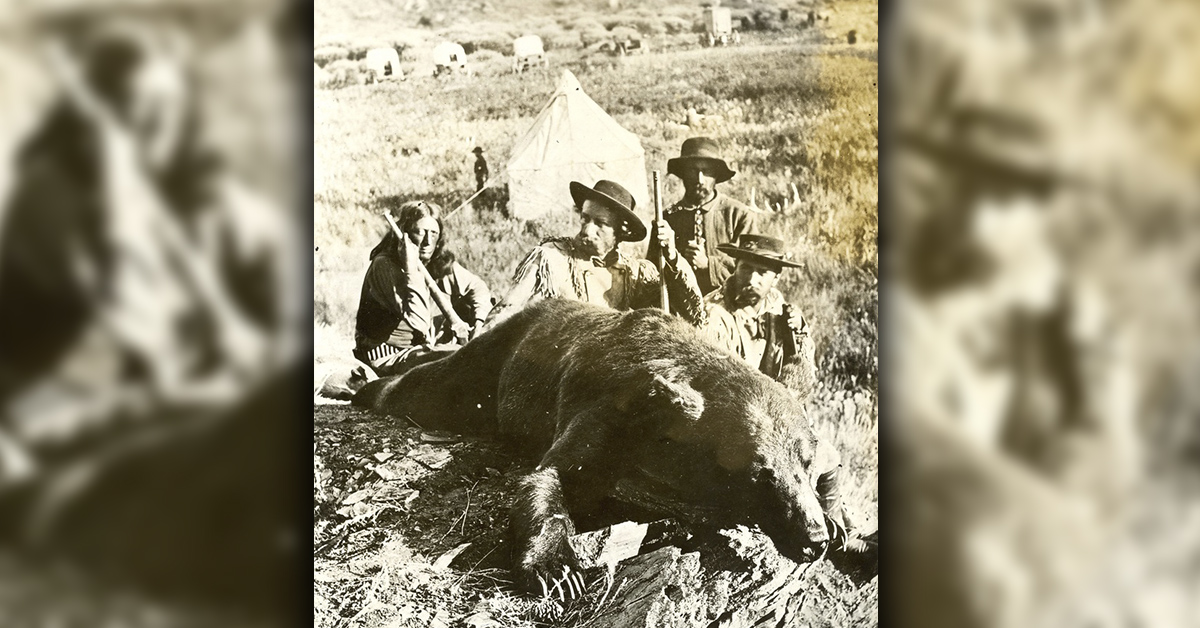
Your objective in self-defense is to stop, not to kill. In that respect, surviving an attack by any wild animal is like thwarting an assault by a criminal. Lethal threat warrants lethal response. But the task of the moment is to protect yourself. Death to the assailant is an accepted risk, not the objective.
It’s useful to remember in bear country that you’re not the only predator, or the best. Bears have no hooves. Their soft feet ghost over noisy forest litter. They snake though shin-tangle without a sound, and as easily as you tread a trail. They have mediocre vision; but they hear well and have incomparable noses. They know the country better than you — not just its jungles and steeps and thoroughfares, but its every detail. They know what’s out of place, where shadows don’t belong, why squirrels chirr and birds go suddenly silent.
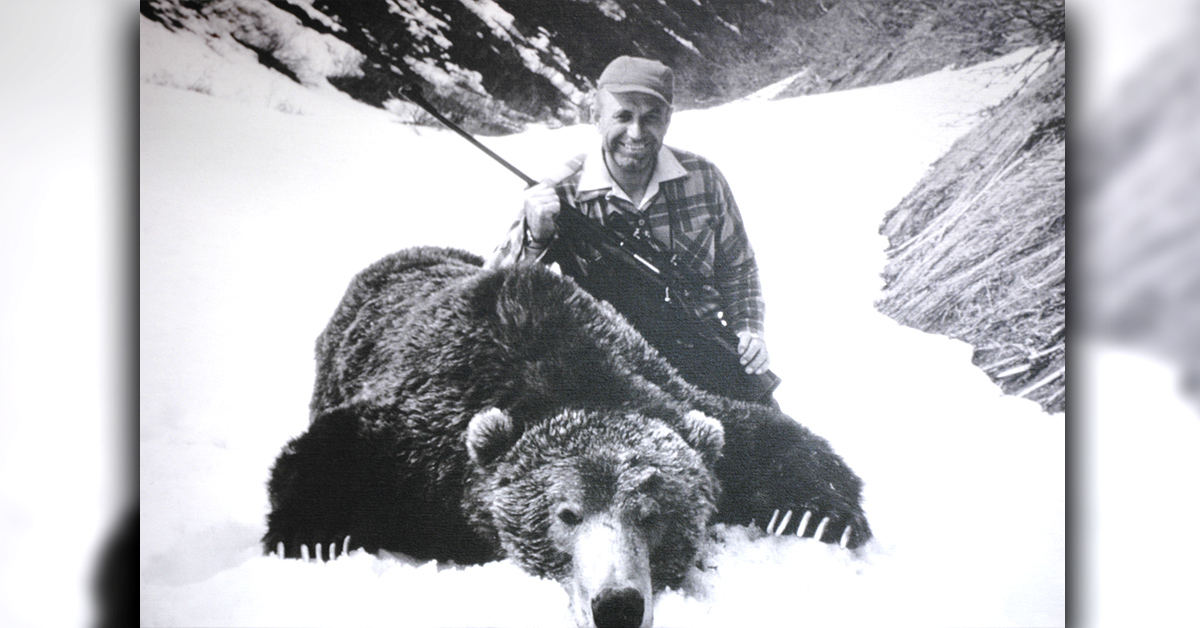
“Hunting is like any other sport,” an aging fellow told me over campfire embers. “You play to the level of your competition. Move like a bear, stay alert to what might alert a bear. You’ll get more game. And if there’s a threat, you’ll be more likely to notice it while you still have options.”
Where grizzly tracks abound, that advice is easy to follow. I remember a Wyoming pack-trail so heavily trafficked by grizzlies that in shadowed places, carpets of claw-marks had erased the hoof-prints of horses and mules barely a week old. As in an alley where lawbreakers were known to lurk, “alert” was suddenly a natural state of mind!
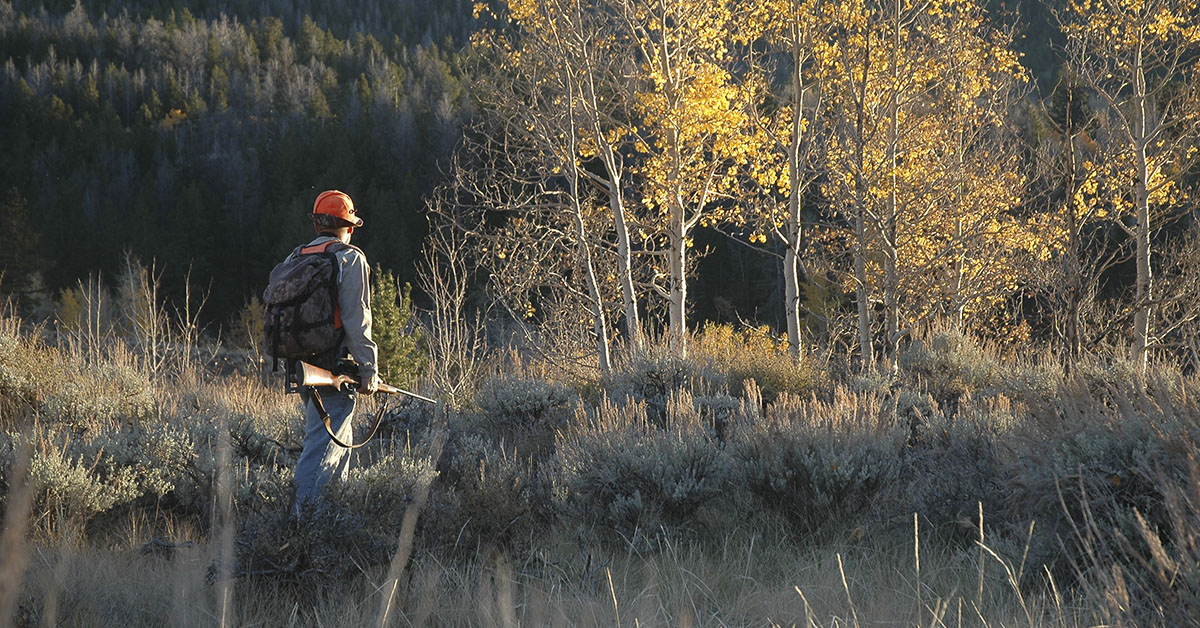
But after two uneventful days hunting elk at Idaho timberline, I got complacent — though prints in new snow suggested I was sharing the mountain with a grizzly. Coming off the top in deep snow the last day, I rested by a solitary pine at the foot of a slide. Bright afternoon sun lit the naked curve of a carcass rib at forest’s edge 30 yards off.
Then: a “shhuff!” from above. A magnificent chocolate, dish-faced grizzly, silvered hair rippling, rocketed down the slope. Clouds of powder snow enveloped the creature at each leap. A fantastic image, still sharp in memory.
I can’t say that bear noticed me. The pine broke my silhouette; the air was still. Had his path and mine crossed by chance? The elk hadn’t been buried. But there was no question the bear owned it! Rifle in hand, I watched him bat the elk’s skull about. The skull bounced toward me. The grizzly met my scent at 19 steps and stiffened. Tense seconds seemed like minutes. Then he melted into the conifers.
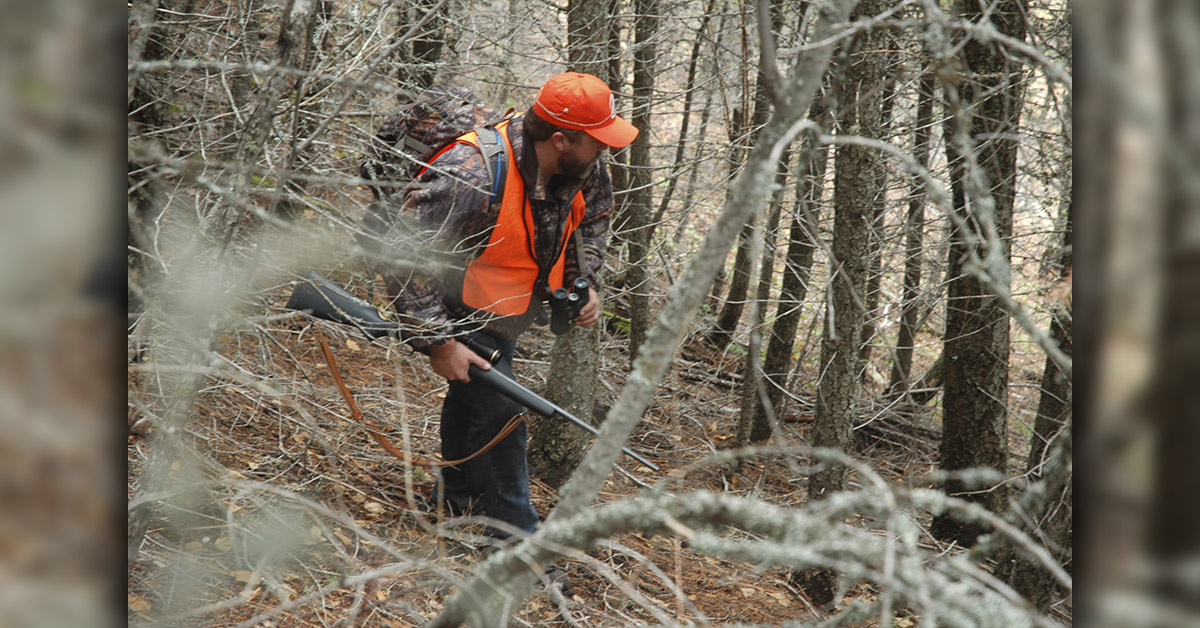
Grizzlies don’t always mark what’s theirs. But they retain the option of defending it. My pal Ron Dube, a Wyoming outfitter with a career in grizzly country, was ever alert to bears. He once shooed off a grizzly drawn to camp by fish frying over the fire. “I yelled and looked like I wanted those fish more than he did.” Ron said he felt threatened just once, when he and a client came upon a big male grizzly pacing back and forth at an elk carcass. “He was bristling, clearly agitated. We backed off before he sensed us.”
Backing off undetected is a valuable option. To keep it, you must see a bear before it senses you. Once the bear knows about you, it has more options than you. It can run off, back off, or ignore you. It can wait for you to move, circle to get your scent, or approach to get a better look. It can come to shred you or just to scare you off. Your options: back off, bluff, or stand still. The bear’s actions can determine which is best; and the bear can always change its mind.
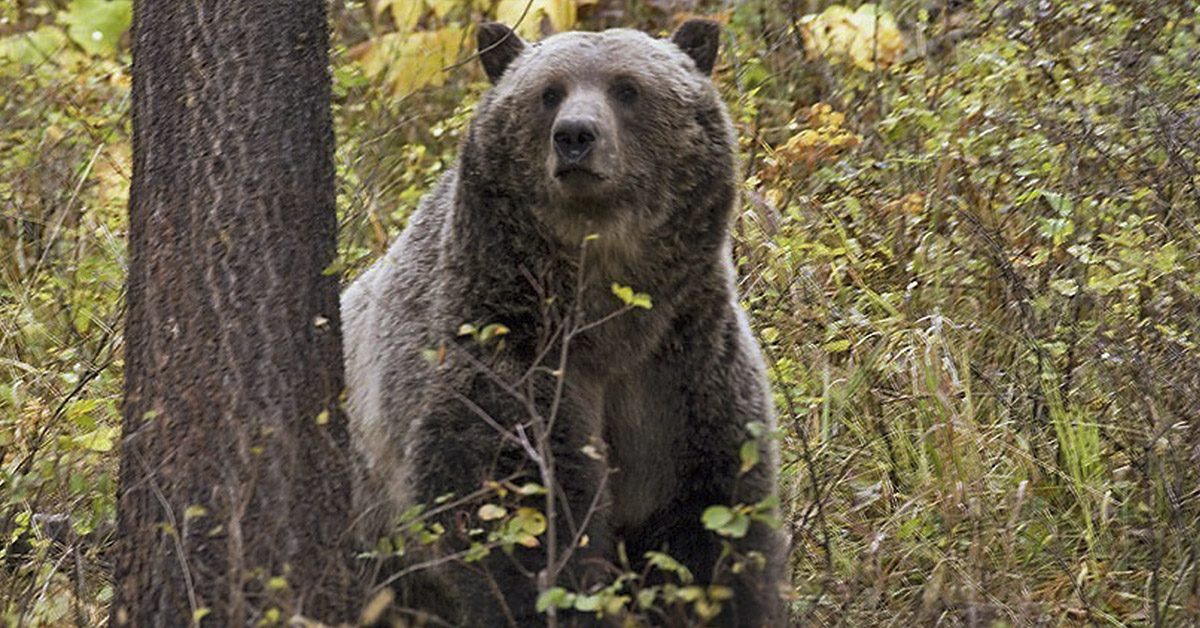
You may in your daily travels cross the paths of criminals, some of them on the prowl for victims. Arguably, forests pose fewer threats than do subways, rock concerts, airport concourses, and social media; but all venues favor the vigilant.
Even veteran woodsmen can suddenly come upon a bear and find their options limited. These do not include running! Dashing off reminds a bear that it is a predator. Rather, stand still or back off slowly.
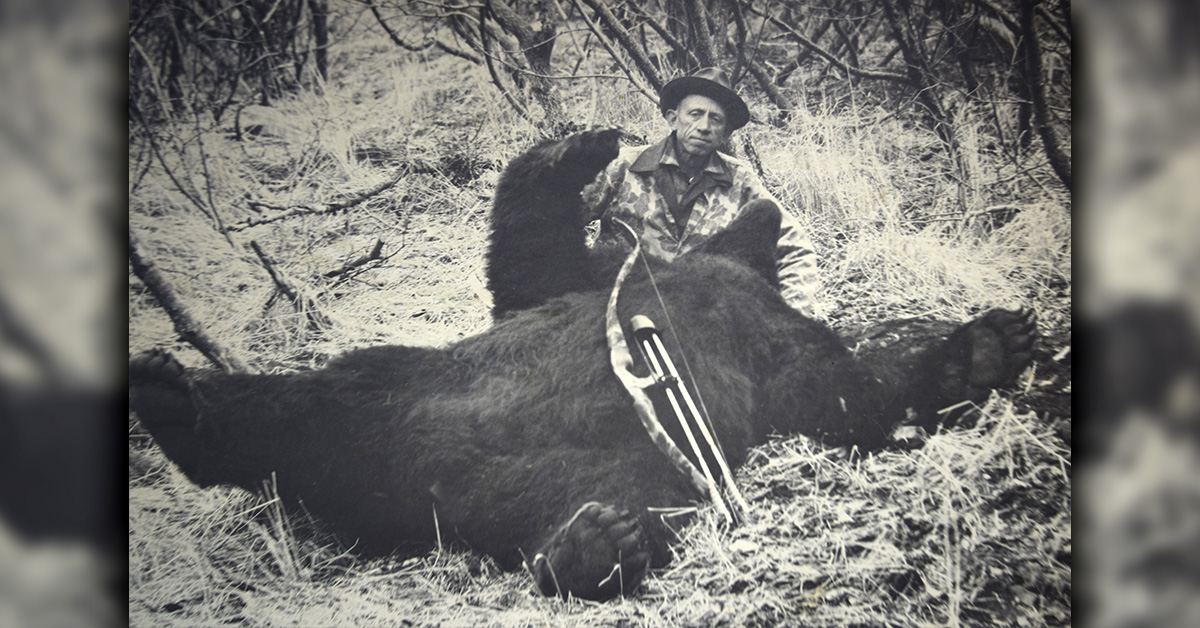
Reasons for a bear’s behavior often come clear only after your time to react has expired. In 1981 on Kodiak Island, hunting guide Fred Roberts was asked to pack out a deer. He approached the carcass in alders — and looked up as a bear shot from the shadows. Clamping her jaws on his right arm, she hooked his back, then lifted him and slammed him to earth. After several tosses, Fred landed in a depression. He curled up to shield his vitals. His pack’s extension kept the beast’s jaws from crushing his skull. His face minced, one eye “hanging loose,” he glimpsed two small cubs following as she left.
Fred crawled toward the beach, where companions found him. Air rescue came the next day.
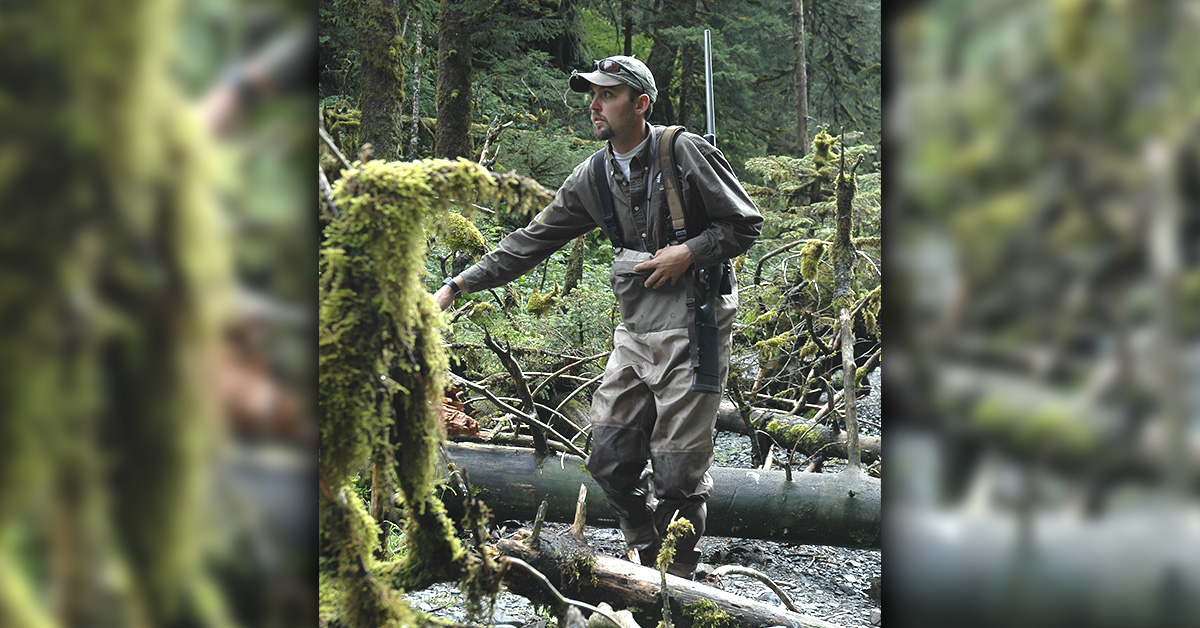
Bears are secretive by nature. Most would as soon live to eat more fish, raid one more beehive, or pilfer another picnic basket. They don’t want trouble. So, they move quietly and stay hidden. Occasionally, I’m reminded that many bears share the woods with me.
One August evening, as shadow engulfed Hells Canyon, a friend’s Cessna 180 bumped to a stop on a grassy flat on its west rim. We hiked in different directions, scouting for elk. In that last hour of light, I walked up on nine black bears, stuffing themselves on elderberries newly ripe on the rocky bluffs. Many hunters prowl those immense, cascading but largely open steeps each fall without seeing even one bear.
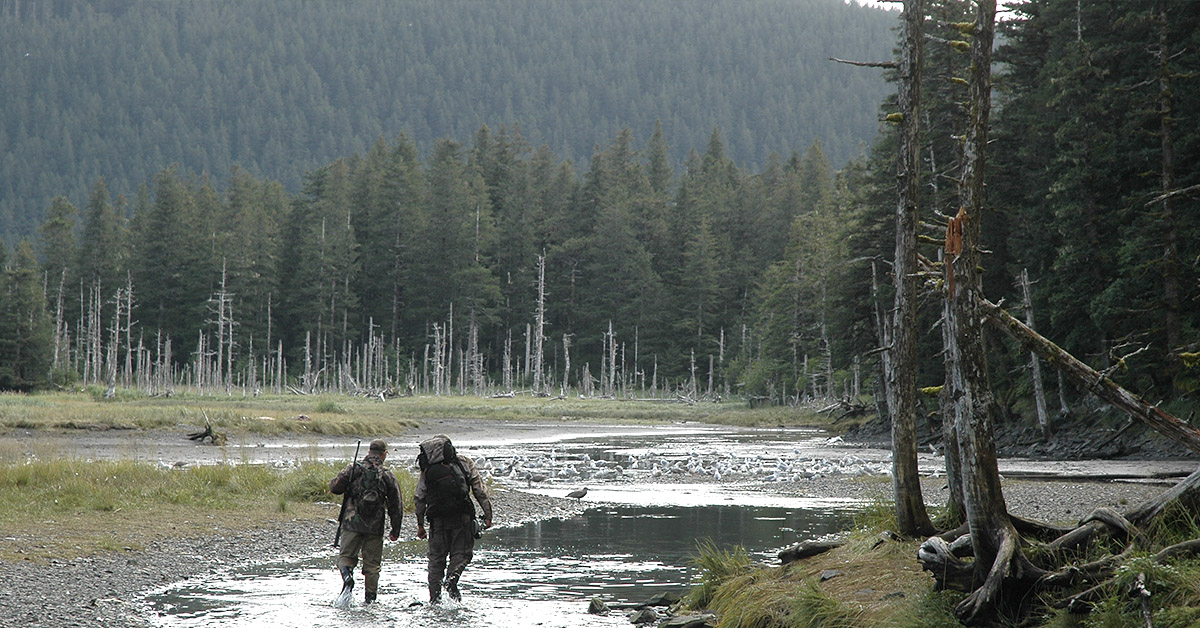
More recently, I looked for black bears in northern Canada, where baiting is the accepted — if not the only practical — way to hunt them. One evening, absent the urge to kill a bear, I climbed down from a tree-stand inspired by the Spanish Inquisition to sit in a padded, swiveling office chair I’d planted in the mud under a canopy of tall black spruces. My intent: pass the evening in a book. Seated, I bent to fetch it from my pack.
Motion caught the corner of my eye. I turned slowly. A black bear, having approached noiselessly from behind, was crossing the mud on a log six yards away. He spared me not a glance, as if office chairs were fixtures in spruce swamps where daft people routinely catch up on their reading.
It’s an option I like to keep open.


